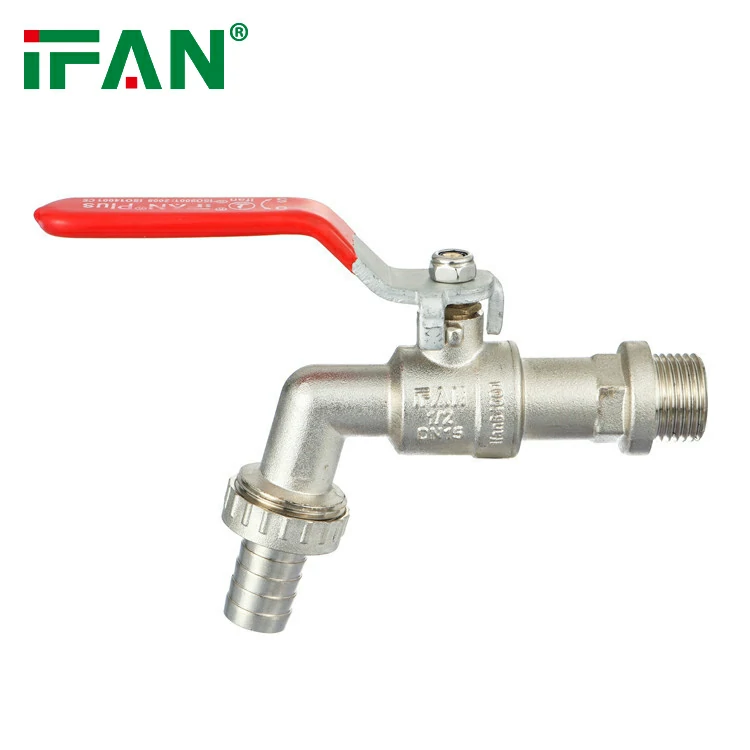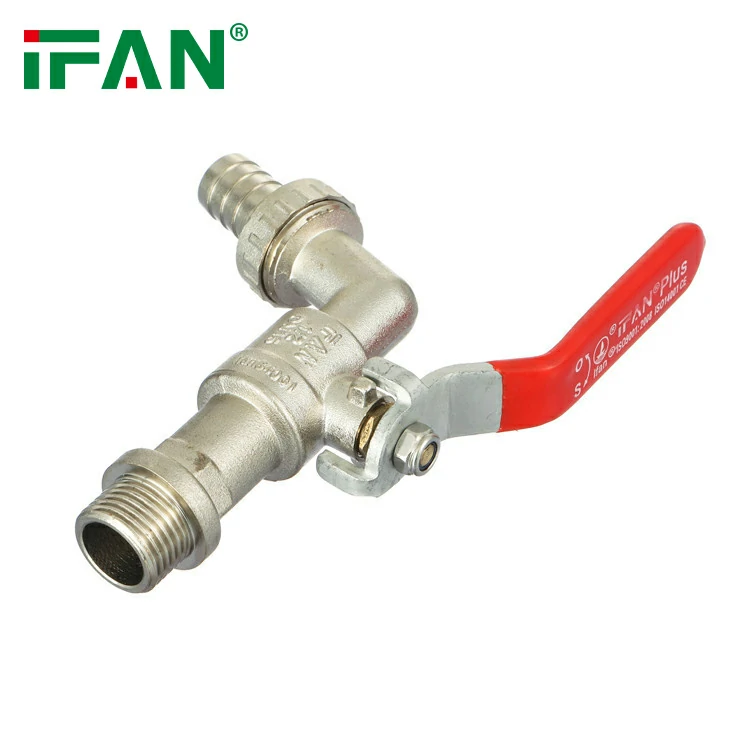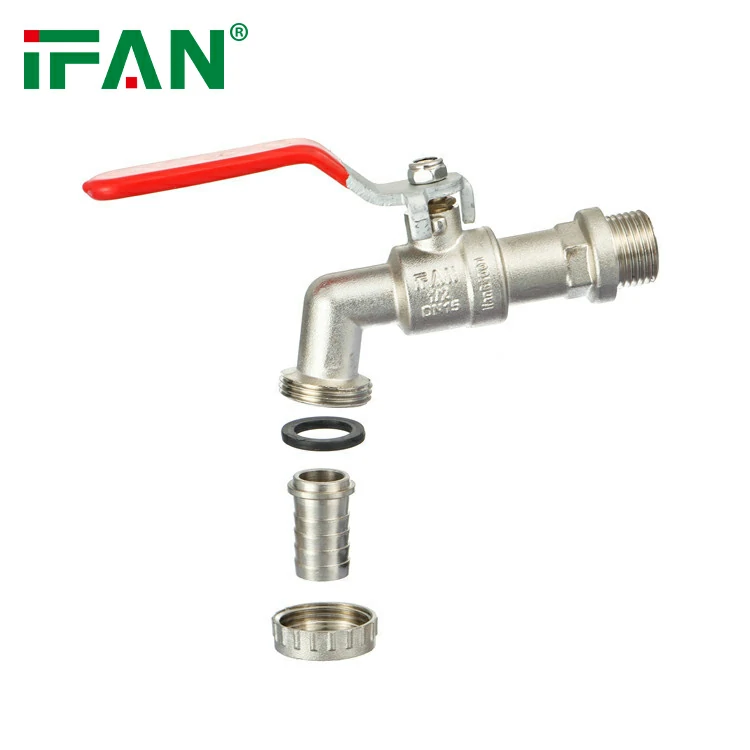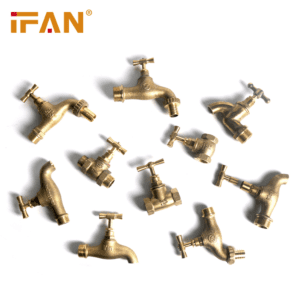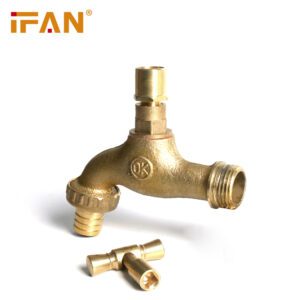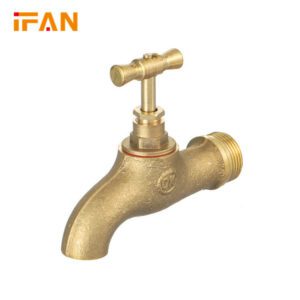Description
IFAN factory 30+ years manufacture experience support color /size customization support free sample.Welcome to consult for catalog and free samples.This is our Facebook Website:www.facebook.com,Click to watch IFAN’s product video.Compared with Tomex products, our IFAN products from quality to price are your best choice, welcome to buy!
A bibcock, often referred to as an outdoor faucet or hose bib, is a crucial part of any home’s plumbing system. Whether you use it for gardening, washing your car, or outdoor chores, keeping your bibcock in good condition is essential to avoid leaks, water wastage, and other costly plumbing issues. Proper bibcock maintenance not only ensures the longevity of your plumbing system but also saves you money on repairs.
In this guide, we’ll discuss some important bibcock maintenance tips to help you keep your system running smoothly.
1. Inspect Your Bibcock Regularly
Routine inspections are vital to maintaining any plumbing fixture, and the bibcock is no exception. Start by visually checking for any signs of wear or damage. Look for the following issues:
– Cracks or corrosion: Inspect the body of the bibcock for any cracks, especially in older units or those made of materials prone to rust, like brass.
– Leaking: A leaking bibcock can lead to water wastage and higher utility bills. Check around the valve and handle for leaks.
– Loose connections: Over time, the connections between the bibcock and the water supply may loosen, leading to poor performance and potential leaks.
If you spot any of these issues, it’s best to address them before they worsen.
2. Clean the Bibcock Regularly
Dirt and mineral deposits can build up over time, affecting the performance of your bibcock. To clean it:
– Turn off the water supply: Before cleaning, make sure the water supply is turned off to avoid any accidents.
– Clean the nozzle: Use a soft cloth or brush to wipe away any dirt, debris, or mineral build-up on the spout or nozzle.
– Descaling: If you notice calcium or lime deposits, you can soak the bibcock in a mixture of vinegar and water to break down the minerals. For stubborn deposits, use a soft scrub brush.
Regular cleaning helps prevent clogging and ensures smooth water flow from the bibcock.
3. Check for Proper Water Flow
If you notice that the water flow from your bibcock is slower than usual, it could indicate a problem with the valve, nozzle, or internal components. Here are some common reasons for reduced water flow:
– Clogged aerator: A clogged aerator can restrict water flow. Clean or replace the aerator as necessary.
– Partially closed valve: Sometimes, the valve may not be fully open. Check the handle to ensure it’s turned all the way.
– Pipe blockages: If the water flow is severely restricted, there may be a blockage in the connecting pipes. You might need to call a plumber for a more thorough inspection.
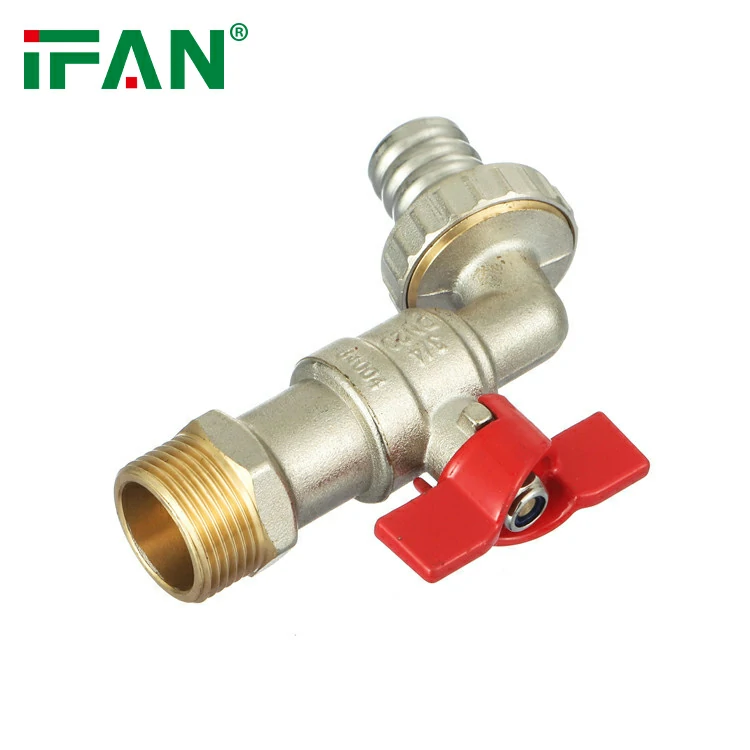
4. Ensure Proper Drainage
A common issue with outdoor bibcocks, especially in colder climates, is freezing during winter. If the water inside the bibcock freezes, it can cause the pipes to burst, leading to expensive repairs. To prevent freezing:
– Turn off the water supply: During the colder months, make sure to turn off the water supply to the bibcock and drain any water left inside.
– Install a frost-proof bibcock: If your bibcock is exposed to freezing temperatures, consider upgrading to a frost-proof model.
– Use an insulated cover: For added protection, use an insulated cover during the winter months to keep the bibcock safe from the cold.
By taking these preventive steps, you can avoid the costly damage caused by frozen pipes.
5. Lubricate Moving Parts
Bibcocks have moving parts, such as the handle and valve, which can become stiff over time. To keep them functioning smoothly:
– Use plumbing grease: Apply a small amount of plumbing grease to the moving parts. This helps prevent rust and ensures smooth operation.
– Avoid excessive force: When turning the handle, avoid using excessive force, as this can damage the internal components.
Regular lubrication helps extend the life of your bibcock and ensures it continues to work effectively.
6. Replace Worn-out Washers or Seals
Over time, the washers or seals inside the bibcock can wear out, leading to leaks. If you notice water dripping from the handle or spout, it could be a sign that the washer or seal needs replacing. To do this:
– Turn off the water supply: Before starting the repair, make sure to turn off the water supply to the bibcock.
– Disassemble the bibcock: Use a wrench to remove the handle and access the internal components. Replace the washer or seal with a new one.
– Reassemble the bibcock: Once the parts are replaced, reassemble the bibcock and check for leaks.
Replacing worn-out washers or seals helps prevent leaks and ensures your bibcock operates efficiently.
7. Tighten Loose Connections
Loose connections between the bibcock and the plumbing can lead to water leaks and decreased performance. If you notice any loose connections, tighten them using a wrench. Be careful not to overtighten, as this could damage the threads.
8. Upgrade to a Modern Bibcock
If your bibcock is old and showing signs of significant wear, it may be time to upgrade to a new model. Modern bibcocks come with enhanced features such as:
– Frost-resistant designs: Many new models are designed to resist freezing in cold weather.
– Improved water-saving features: Some bibcocks are designed with water-saving features to help reduce your water consumption.
– Durable materials: Newer bibcocks are made from high-quality materials such as stainless steel or brass, which are more resistant to corrosion and wear.
Upgrading your bibcock can save you money on repairs and improve the overall efficiency of your plumbing system.
Conclusion
Maintaining your bibcock is essential to ensure that your plumbing system runs smoothly and efficiently. Regular inspections, cleaning, and lubrication can help extend the life of your bibcock and prevent costly repairs. By following these tips, you’ll keep your bibcock in top condition and avoid potential plumbing problems.
Frequently Asked Questions (FAQ)
1. How often should I inspect my bibcock?
– It’s a good idea to inspect your bibcock every few months, especially before and after the colder seasons. Regular inspections can help catch potential problems early.
2. Can I fix a leaking bibcock myself?
– Yes, most minor leaks can be fixed by replacing worn-out washers or seals. However, if the issue persists or seems more complicated, it’s best to call a plumber.
3. Why is my bibcock not providing enough water flow?
– Reduced water flow could be caused by a clogged aerator, a partially closed valve, or a blockage in the connecting pipes. Check the aerator and ensure the valve is fully open.
4. How can I prevent my bibcock from freezing in the winter?
– To prevent freezing, turn off the water supply to the bibcock and drain any remaining water. Consider installing a frost-proof bibcock or using an insulated cover during the winter.
5. When should I replace my bibcock?
– If your bibcock is old, corroded, or experiencing frequent issues like leaks or poor water flow, it might be time for a replacement. Upgrading to a modern, more durable model can improve the efficiency of your plumbing system.
Related products
-
Brass Tap
Brass Bibcock (R08)
-
Brass Tap
Brass Bibcock


